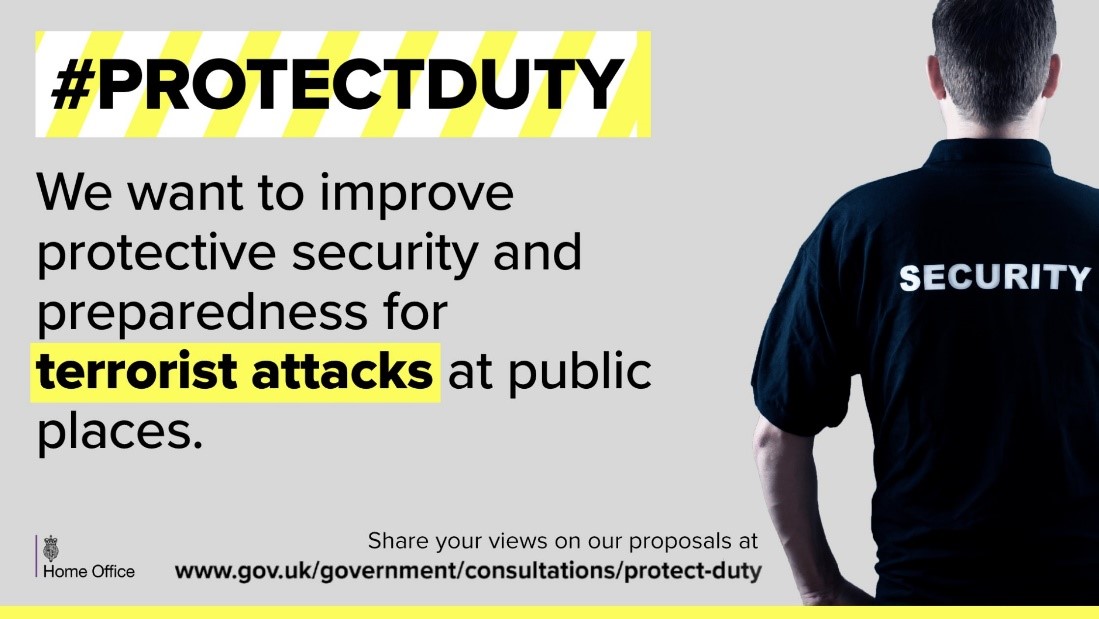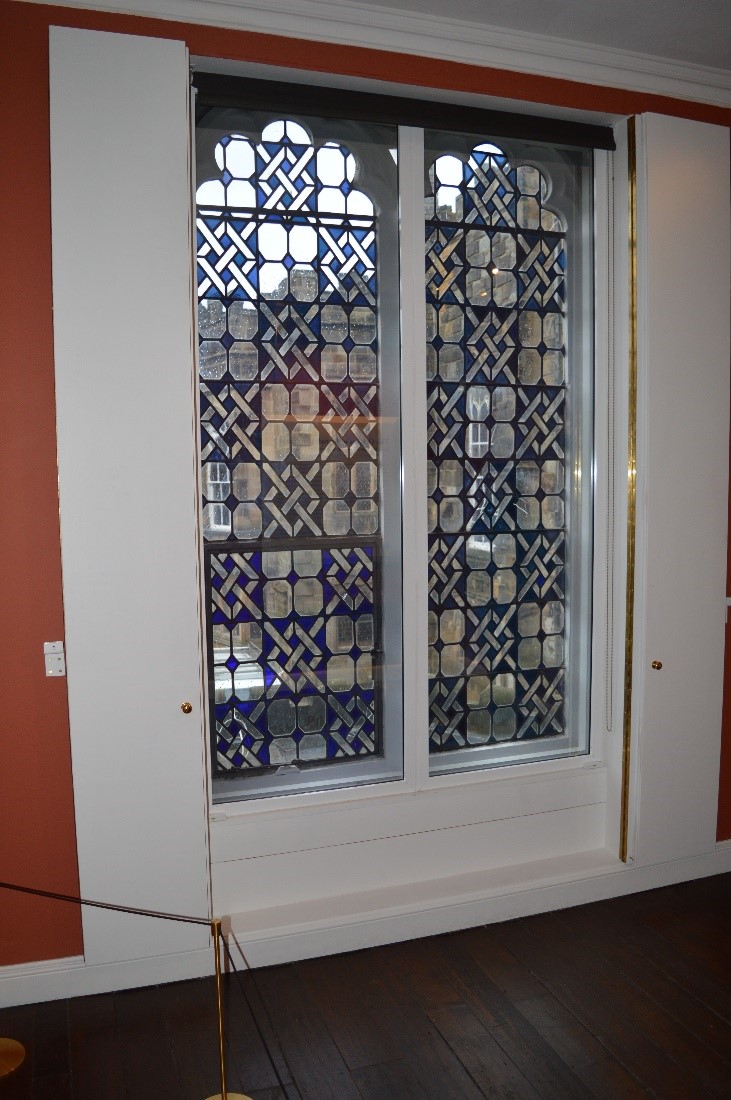On 26th February 2021, the UK Government set out its plans on a new Protect Duty, a legal requirement for public places to ensure preparedness for, and protection from terrorist attacks. Currently out for consultation until 2nd July 2021, the main parts of the proposals are summarised below.
 Photo Credit: Croydon Neighbourhoods
Photo Credit: Croydon Neighbourhoods
 Courts, museums and public buildings which have already adopted duty of care safety measures with Selectaglaze security secondary glazing
Courts, museums and public buildings which have already adopted duty of care safety measures with Selectaglaze security secondary glazing
 Selectaglaze secondary glazing withstanding an attack during testing – LPS1175
Selectaglaze secondary glazing withstanding an attack during testing – LPS1175
 Security secondary glazing is a measure that provides a second barrier against an attack
You can read the full consultation document here.
Security secondary glazing is a measure that provides a second barrier against an attack
You can read the full consultation document here.
 Photo Credit: Croydon Neighbourhoods
Photo Credit: Croydon Neighbourhoods
Who could it apply to?
- Owners of publicly accessible venues, such as sports, entertainment, or shopping centres with a capacity of 100 or more
- Large organisations, employing 250 or more, operating at a publicly accessible location, i.e. retail, entertainment chains or government buildings
- Parties responsible for publicly accessible spaces such as parks beaches and squares
 Courts, museums and public buildings which have already adopted duty of care safety measures with Selectaglaze security secondary glazing
Courts, museums and public buildings which have already adopted duty of care safety measures with Selectaglaze security secondary glazing
Assessing the threat
The process would require the owners or operators, of the venues or spaces, to carry out a risk assessment to consider the threats posed by terrorists to the public and staff at their location. Guidance and information would be provided by the Government on the type of threat and how to judge appropriate and proportionate. The threat could be in the form of a marauding attack in a public space using weapons such as blades, firearms or small explosives, using a vehicle as a weapon or even a person-borne improvised explosive device. The likelihood and potential impact of an attack would be assessed. It would consider the profile of the venue and the numbers potentially impacted and as such would be different for each organisation and location. Selectaglaze secondary glazing withstanding an attack during testing – LPS1175
Selectaglaze secondary glazing withstanding an attack during testing – LPS1175
Taking action
Once the risk, likelihood and impact have been assessed, the focus turns to what measures could be applied and which of these will be taken forward. Consideration needs to be given as to what is ‘reasonably practicable’ for both protective security and organisational preparedness. These could entail simple low or no-cost measures such as training staff in the nature of threats, the likely attack methodology and what to do if an attack happens. Training should extend to drills and exercises for the different types of attack. For environments with higher threat levels, the security measure could entail additional physical barriers or hardening of existing arrangements to protect against and delay an attack, the aim being to delay or frustrate an attacker and provide vital time for the intended victims to escape or hide. Security secondary glazing is a measure that provides a second barrier against an attack
You can read the full consultation document here.
Security secondary glazing is a measure that provides a second barrier against an attack
You can read the full consultation document here.- Date
- Category
- The Built Environment